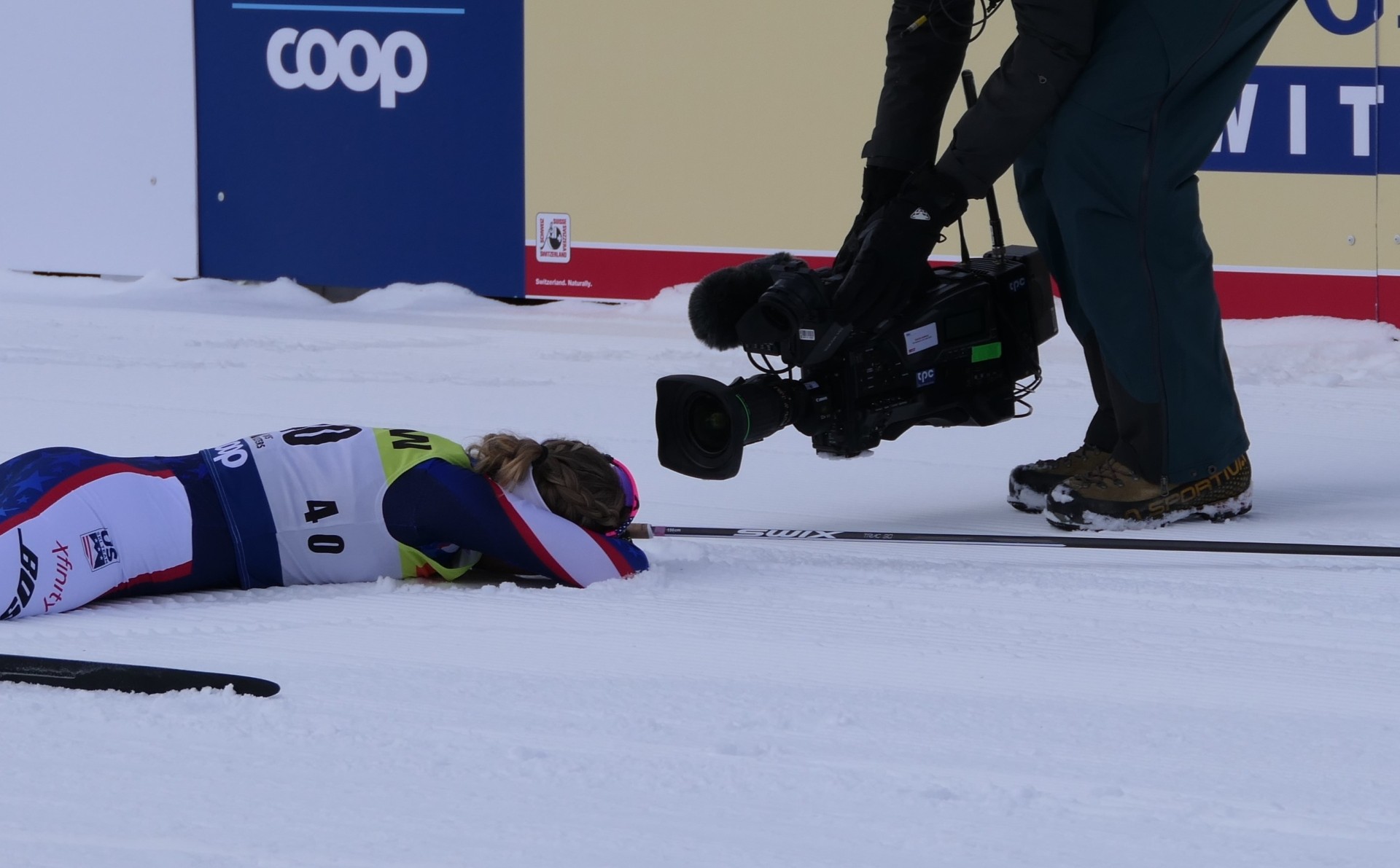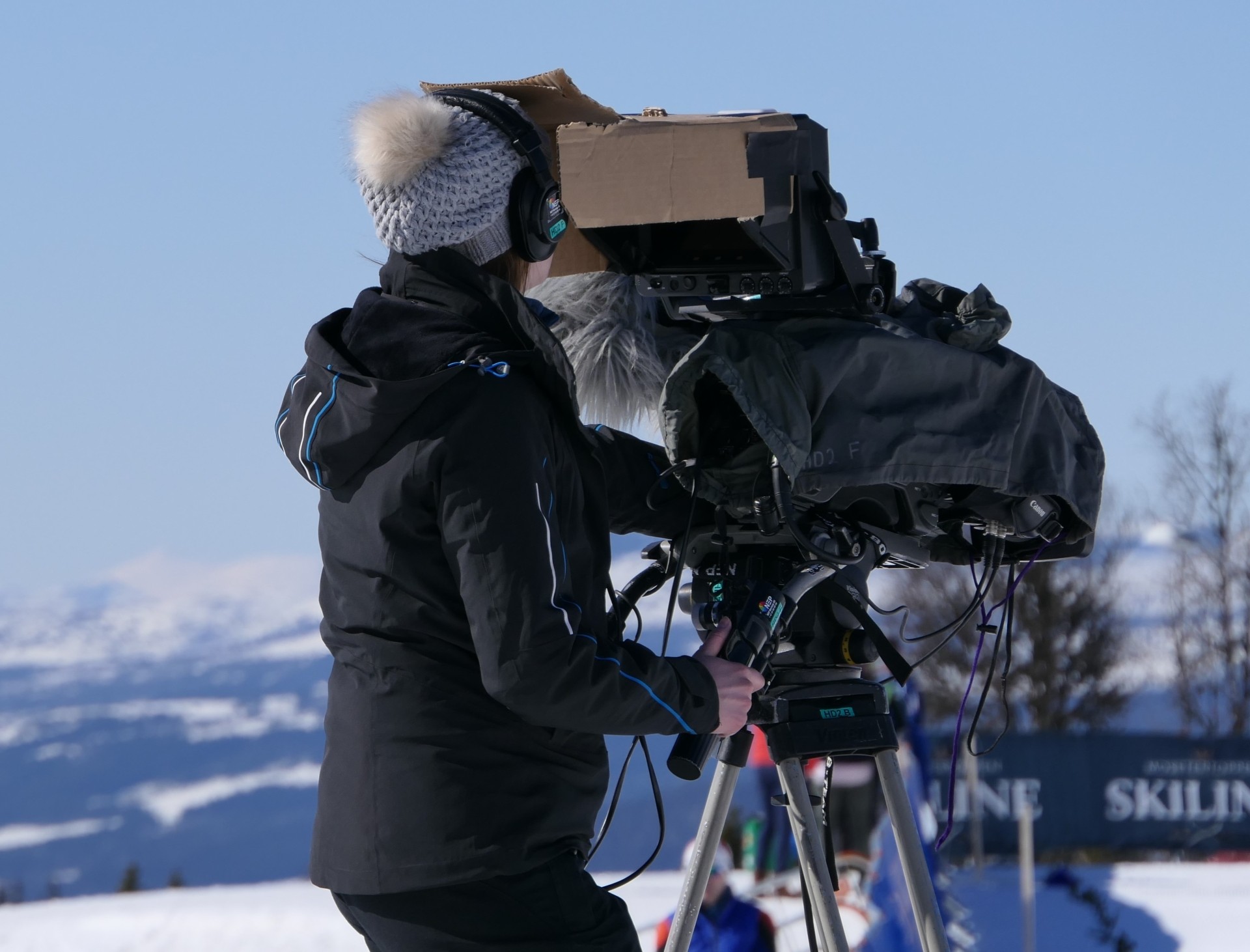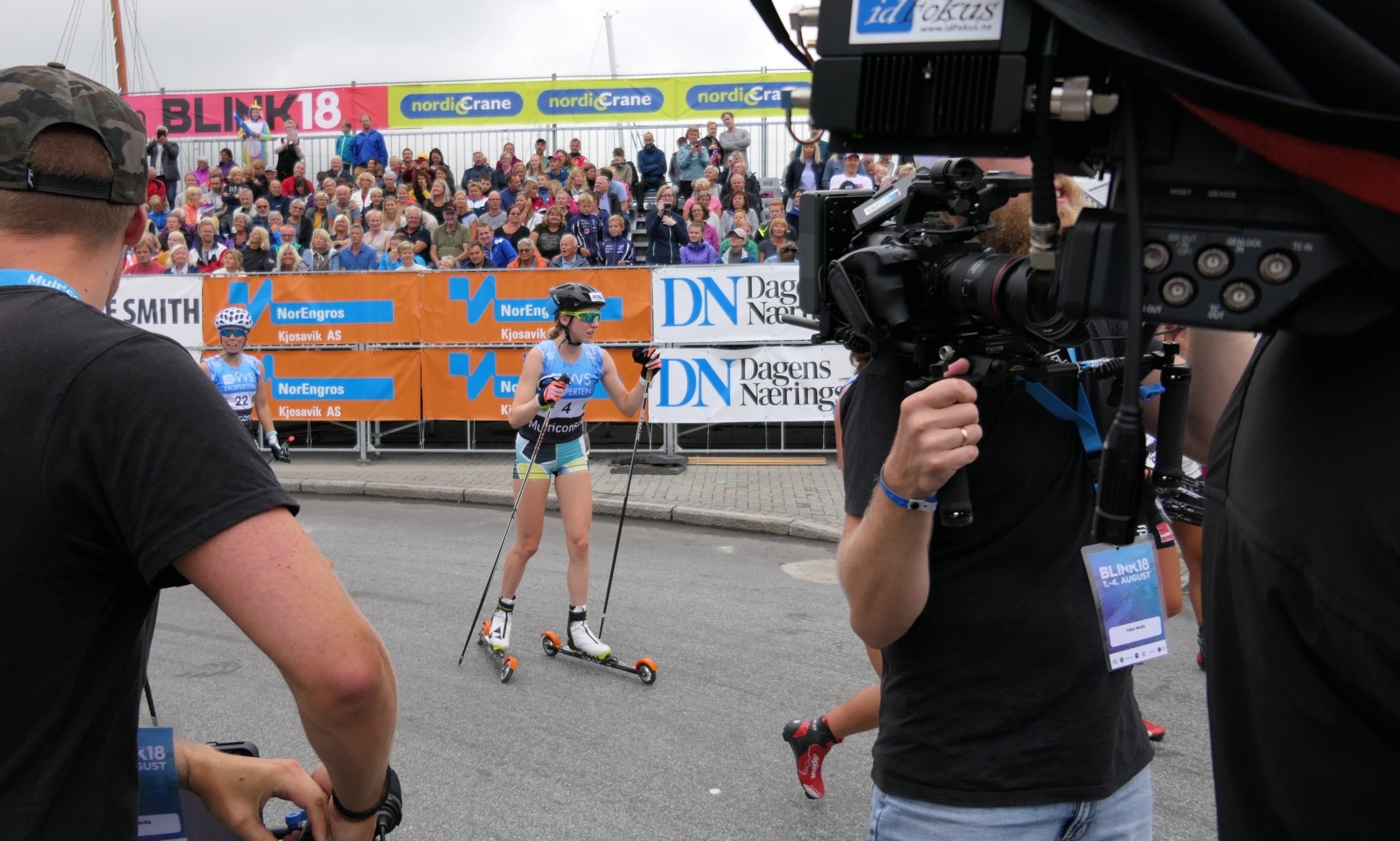
Earlier this month we all learned the news many feared: national public broadcasters in Sweden, Norway and Finland are to lose something that was always theirs and was more or less considered their birth right:
The broadcasting rights for international cross country skiing
Yep, no more skiing on NRK, SVT and YLE as of autumn of 2021 – unless some deal with new owners will be worked out ( which is doubtful).
This is a watershed event for the sport that was for so long underpinned by public broadcasting. We look into why did it happen, who are the guys who outbid powerful national broadcasters, existing on direct infusion of taxpayers money. Most importantly, we postulate that cross country skiing will never be the same & will have to change fundamentally in the next five to ten years.

But first a quick reminder how the things were until now.
Basic truth not everyone seem to be aware of: broadcasting rights are the main source of income for nay every international sport. Sponsorship form a much smaller part of the said income and tickets / paraphernalia sales bring even less. That’s the way it works in every sport lucky to be Olympic & many beyond. The international federations always own the rights for competitions they organize & supervise, be it world cup series or world championships – and then resell them piece-meal to local broadcasters, usually through intermediary.
The term “broadcasting” itself it outdated – these days on sale are rights any moving pictures across all platforms – including free-to-air TV, pay TV, mobile and broadband – are considered to be subjects to rights. That’s why, BTW, absolutely nobody is allowed to take any videos whatsoever using their smartphones on any international event – not even athletes and coaches themselves.
Just how important are the broadcasters’ money to the international federations? Exact figures are shrouded in customary mystery aided & abated by Swiss disclosure laws that allow financial data be kept private ( and why do you thing a liuon share of international federations are based in Switzerland?) But the International Olympic Committee, that holds the TV rights to the most important sporting event on this planet and, bucking the trend, publishes its data, draws a whopping 73% of its income from television.
Comparing the Olympics to cross country skiing is unfair, however – a lion share of the IOC broadcast money comes from one single contract – that with NBC to broadcast the Olympic Games in the US. XCskiing remains a predominantly European sport, so better comparison would be the following: of the IOC quadrennium ( they count in 4 years increments) revenue of some €4.9 billion, €1.3 billion comes from a pan-European exclusive contract with Discovery Communications, owner of Eurosport.
To put it bluntly: television owns international sport, skiing included.

Up until recently television rights pertaining to cross country skiing competitions were held by local public channels in the sport’s key markets: Germany, Sweden, Norway, Russia, Finland.
The very concept of local broadcaster was worked out at the Golden Age of television, starting from 1960s and is normally defined by country borders – which made sense in the era of analog terrestrial signal distribution.
Traditionally, deals are set for several years and are blanket i.e. a broadcaster can’t buy one-off access to the specific event it wants the most e.g. ladies’ World Championships sprint.
The system ( very obviously) predates the Internet and, especially, video streaming age that knows no borders – or, at least, there are easy ways of overcoming them, not that we endorse them.
The system, however, survived well into the XXI century because of the very existence of national public broadcasters willing and hitherto able to dump significant resources for both buying TV rights ( remember, you only purchase an access to a standardized TV signal of the event(s) and the actual right to broadcast it) and “dressing” them up by sending dozens of reporters and technicians to the venue to do commentary and various sidebar stories from the event.

In return public channels gained right to show their viewers the events that ( let’s be honest here) rub the national pride in the right way. In other words, it only makes sense to broadcast the event if you home girl or guy competes for the podium. Case in point: German cross country skiing. When Angerer & Co were among the best in the world a decade or so ago, German public broadcasters ARD and ZDF very more than happy to show langlauf. Now, the priority is given to the sports were Bundesmannschaft is likely to win – like Nordic Combined or biathlon. Skiing has been largely relegated to highlights in-between those competitions or online.
But the public broadcasting not only effectively, pays for international skiing competitions. It underpins a delicate ecosystem that supports professional cross country skiing. To put it bluntly, millions of viewers observing what skis/boots/poles the winner uses translates into better sales for whichever brand provides the said winner.
So, public broadcaster fulfills its mission of keeping citizens informed & content, sponsors get exposure, athletes get fame and average Joe only has to turn his TV set on channel 1 or 2, a traditional preserve of public broadcasters in every country that has them. Win-win for everyone?

The system is best developed, fine-tuned and is seemingly working in Norway. NRK broadcasts all competitions, races are being won by the Norwegians, viewership is high , sponsors are happy – and ( smartly) invest part of their profits back into growing of new skiing talents.
So, why change the winning formula?
The short answer is, because it’s 2019 and and the formula does not work any longer. At least not when it comes to bidding for the rights.
In the 2d part of this story we shall effort to explain how the modern notion of video distribution is killing the traditional one so effectively that even well-off public channels could not compete with it and, further on, in Part 3, what requirements and demands new de-facto owners of the ski show will likely present. Stay tuned
Related Posts
- Out With “Degrading, Even Insulting” Ladies, In With Women
- Natalia Nepryaeva: I Don’t Do Screaming, Shouting Or Public Breaking Of Poles
- Markus Cramer: It’s Time For Change At FIS , Especially Way It Handles International Competitions
- Katerina Janatova: My COVID Story
- Cogs Of Machine. Simple Guide To How International Skiing Works.
